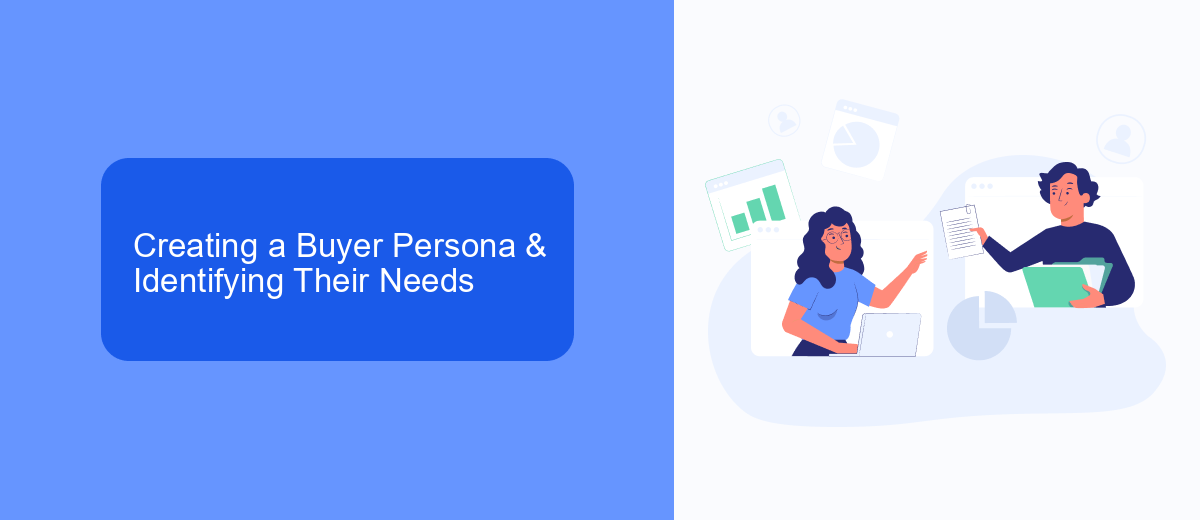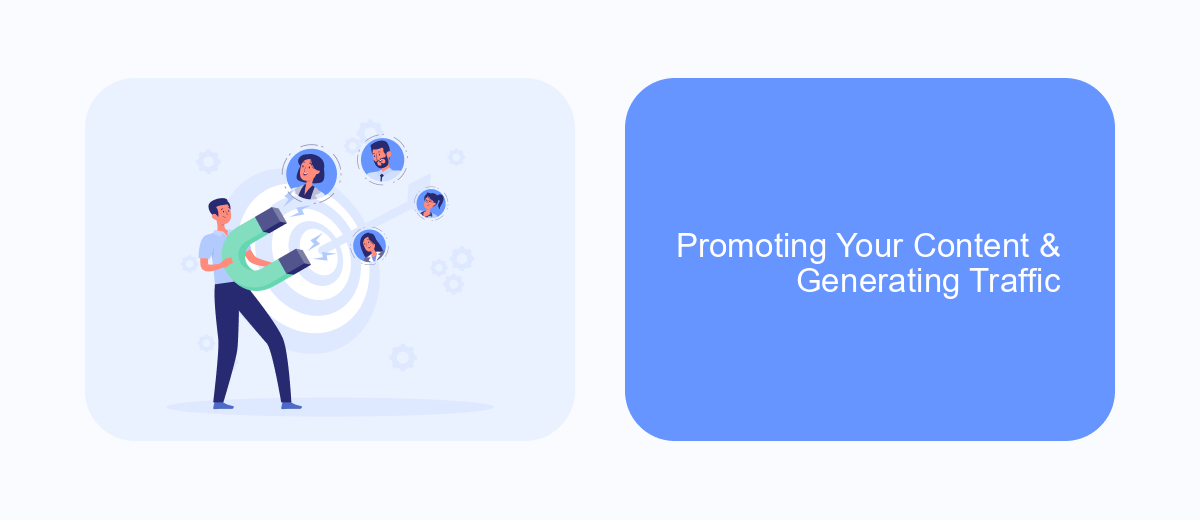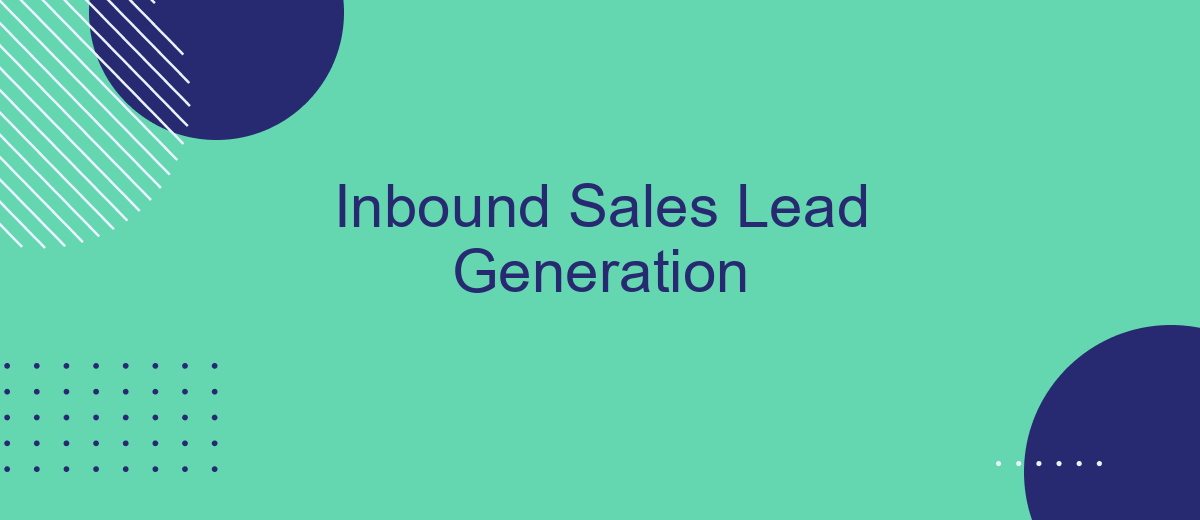Inbound sales lead generation is a crucial strategy for modern businesses aiming to attract and engage potential customers organically. By leveraging content marketing, social media, and SEO, companies can draw in prospects who are already interested in their products or services. This approach not only enhances brand visibility but also builds trust and credibility, ultimately leading to higher conversion rates and sustainable business growth.
Understanding Inbound Sales & Lead Generation
Inbound sales and lead generation are critical components of modern business strategies. Inbound sales focus on attracting customers through valuable content and interactions, aligning with their needs and interests. This approach contrasts with traditional outbound sales, which often involve direct outreach and cold calling. Inbound sales aim to build trust and relationships, ultimately leading to higher conversion rates and customer satisfaction.
- Inbound sales prioritize customer engagement and value creation.
- Lead generation involves attracting potential customers through targeted content.
- Effective inbound strategies leverage SEO, social media, and content marketing.
- Building relationships and trust is central to inbound sales success.
- Inbound methods often result in higher quality leads and improved ROI.
Understanding and implementing inbound sales and lead generation can significantly enhance a company's ability to attract and retain customers. By focusing on the customer's journey and providing valuable insights and solutions, businesses can create meaningful connections. This customer-centric approach not only improves the sales process but also fosters long-term loyalty and growth, making it an essential strategy for sustainable success.
Creating a Buyer Persona & Identifying Their Needs

Creating a buyer persona is a crucial step in understanding your target audience and tailoring your sales strategies to meet their needs. Start by gathering data about your existing customers through surveys, interviews, and market research. Identify key demographics such as age, gender, location, and profession. Dive deeper into their interests, challenges, and motivations. This information will help you create a detailed profile of your ideal customer, allowing you to personalize your approach and enhance engagement.
Once you've developed your buyer persona, the next step is to identify their specific needs and pain points. Analyze how your product or service can provide solutions to these challenges. Consider using tools like SaveMyLeads to streamline data collection and integration processes, ensuring you have the most accurate and up-to-date information about your prospects. By understanding and addressing the unique needs of your buyer persona, you can tailor your sales pitches to resonate more effectively, ultimately driving higher conversion rates and customer satisfaction.
Crafting Compelling Content & Offers

Creating compelling content and offers is crucial for successful inbound sales lead generation. By tailoring your content to meet the specific needs and interests of your target audience, you can attract and engage potential leads more effectively. High-quality content not only builds trust but also positions your brand as a thought leader in your industry.
- Identify your target audience and understand their pain points and preferences.
- Develop content that addresses these pain points and provides valuable solutions.
- Utilize various formats such as blogs, videos, and infographics to engage different audience segments.
- Create compelling offers like free trials, e-books, or webinars that encourage prospects to take action.
- Continuously analyze and refine your content strategy based on performance metrics and feedback.
By focusing on delivering value through your content and offers, you can effectively nurture leads and guide them through the sales funnel. Remember, the ultimate goal is to create a seamless experience that converts prospects into loyal customers. Consistency, creativity, and a deep understanding of your audience are key components in crafting content that resonates and drives results.
Promoting Your Content & Generating Traffic

To effectively generate traffic and attract inbound sales leads, promoting your content is crucial. Begin by identifying your target audience and understanding their preferences and online behavior. This will help tailor your promotional strategies to reach them effectively.
Utilize multiple channels to disseminate your content and maximize its visibility. Social media platforms, email newsletters, and online communities related to your industry are excellent places to start. Consistent engagement and interaction with your audience on these platforms will enhance your content’s reach.
- Leverage SEO techniques to improve your content’s search engine ranking.
- Collaborate with influencers to expand your audience reach.
- Utilize paid advertising for targeted exposure.
- Encourage sharing by creating engaging and valuable content.
Tracking and analyzing the performance of your promotional efforts is vital. Use analytics tools to measure traffic, engagement, and conversion rates. This data will provide insights into which strategies are working and where adjustments are needed, ensuring continuous improvement in your lead generation efforts.
Nurturing Leads & Converting Them into Customers
Effective nurturing of leads is a crucial step in converting potential customers into loyal clients. This process involves consistent and personalized communication, ensuring that your leads feel valued and understood. Utilize targeted content that addresses their specific needs and pain points, guiding them through the buyer's journey. Implementing automated email campaigns can help maintain engagement, offering timely insights and solutions. By segmenting your leads based on behavior and interests, you can tailor your approach, making your communications more relevant and impactful.
Integrating tools like SaveMyLeads can enhance your lead nurturing efforts by automating the collection and management of lead data. This service allows seamless integration with your CRM, ensuring that your sales team has access to up-to-date information. By streamlining these processes, you can focus on building relationships and trust with your leads. Ultimately, the goal is to convert these nurtured leads into customers by providing exceptional value and demonstrating how your product or service meets their needs. Consistent follow-ups and personalized offers can further incentivize conversion, turning leads into satisfied customers.
FAQ
What is inbound sales lead generation?
How can I improve my inbound lead generation strategy?
What role does automation play in inbound sales lead generation?
How do I measure the success of my inbound lead generation efforts?
What are some common challenges in inbound sales lead generation?
You probably know that the speed of leads processing directly affects the conversion and customer loyalty. Do you want to receive real-time information about new orders from Facebook and Instagram in order to respond to them as quickly as possible? Use the SaveMyLeads online connector. Link your Facebook advertising account to the messenger so that employees receive notifications about new leads. Create an integration with the SMS service so that a welcome message is sent to each new customer. Adding leads to a CRM system, contacts to mailing lists, tasks to project management programs – all this and much more can be automated using SaveMyLeads. Set up integrations, get rid of routine operations and focus on the really important tasks.
